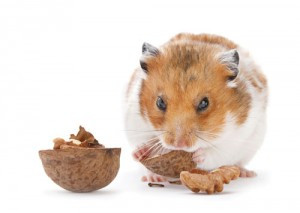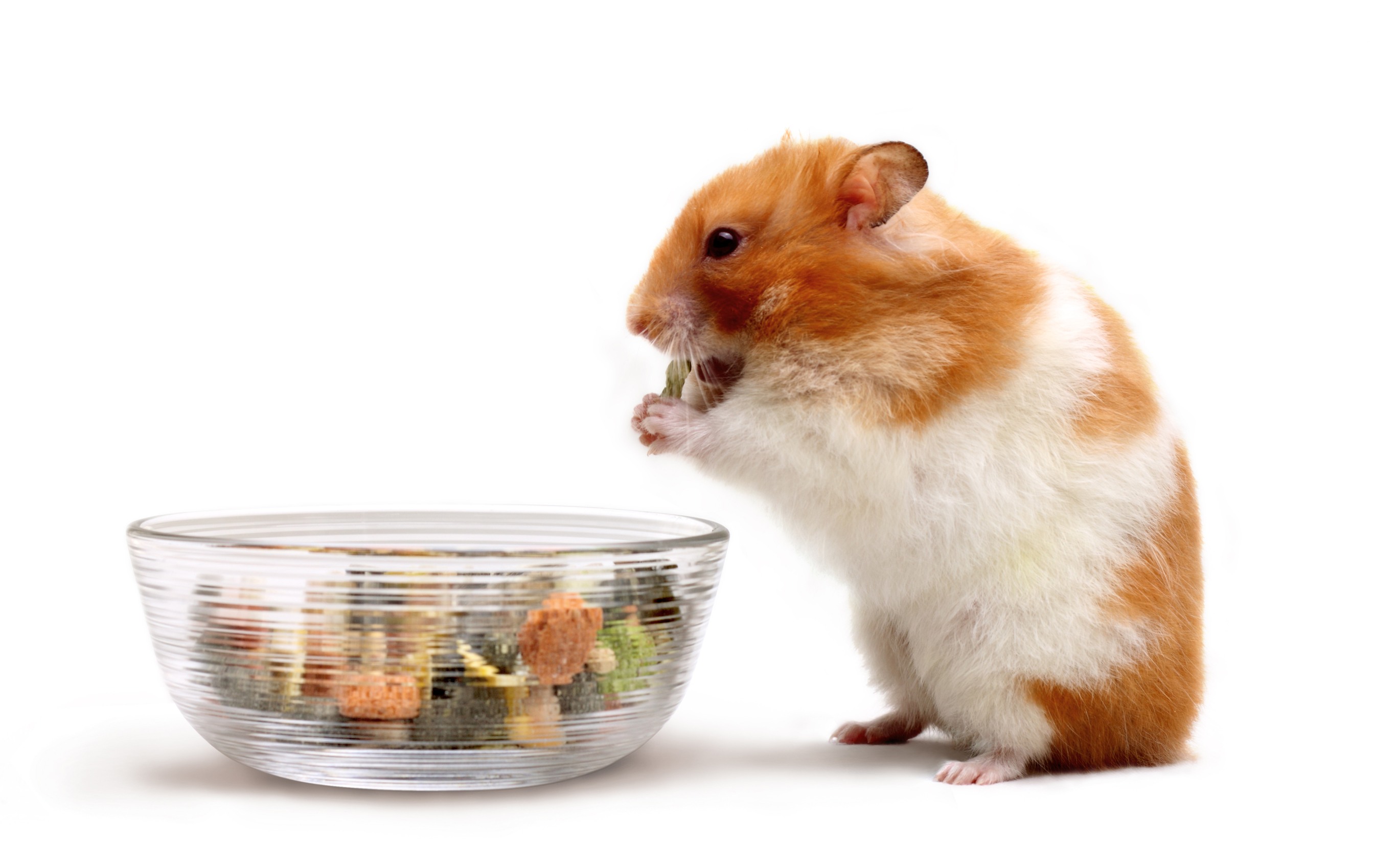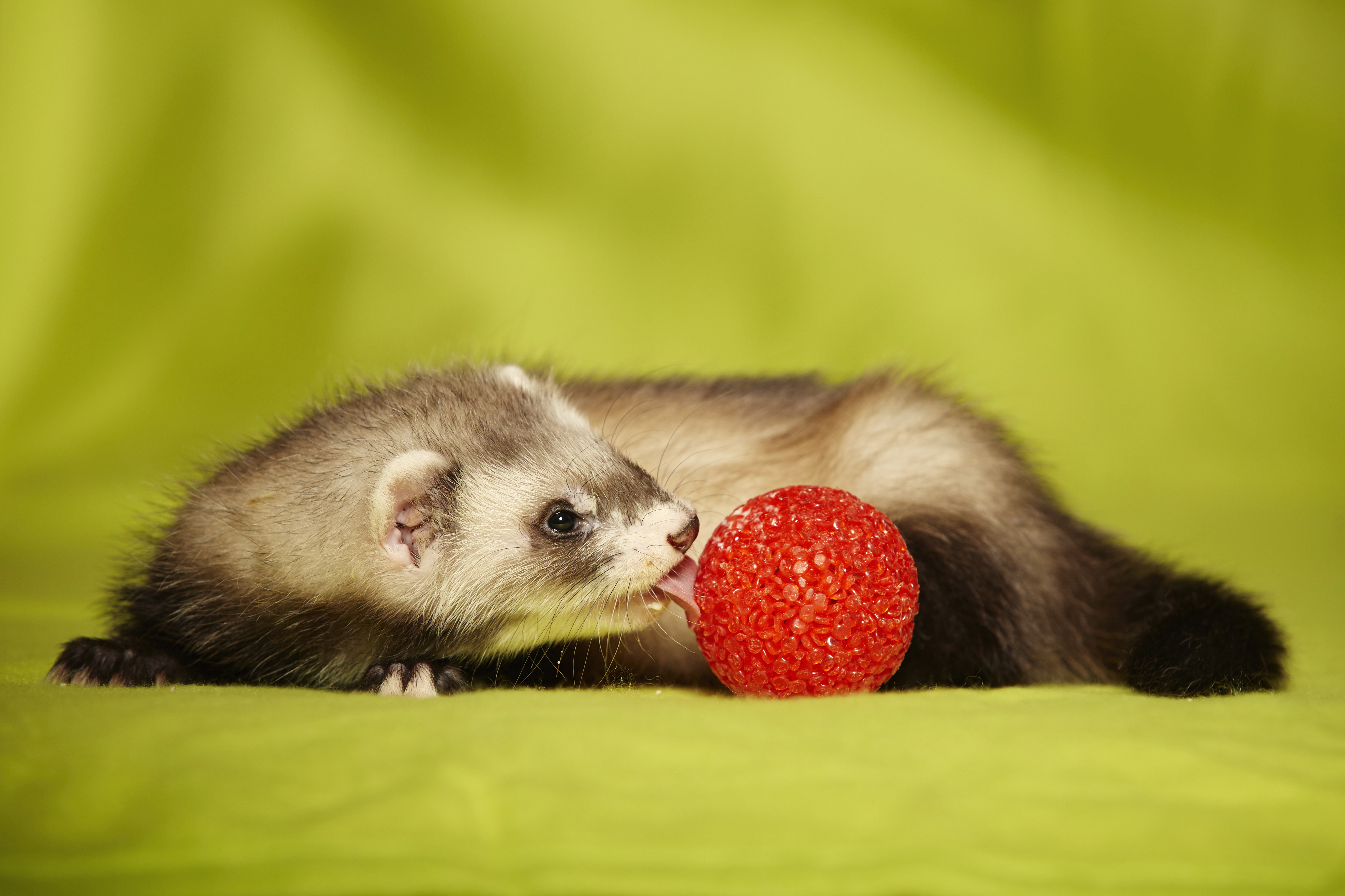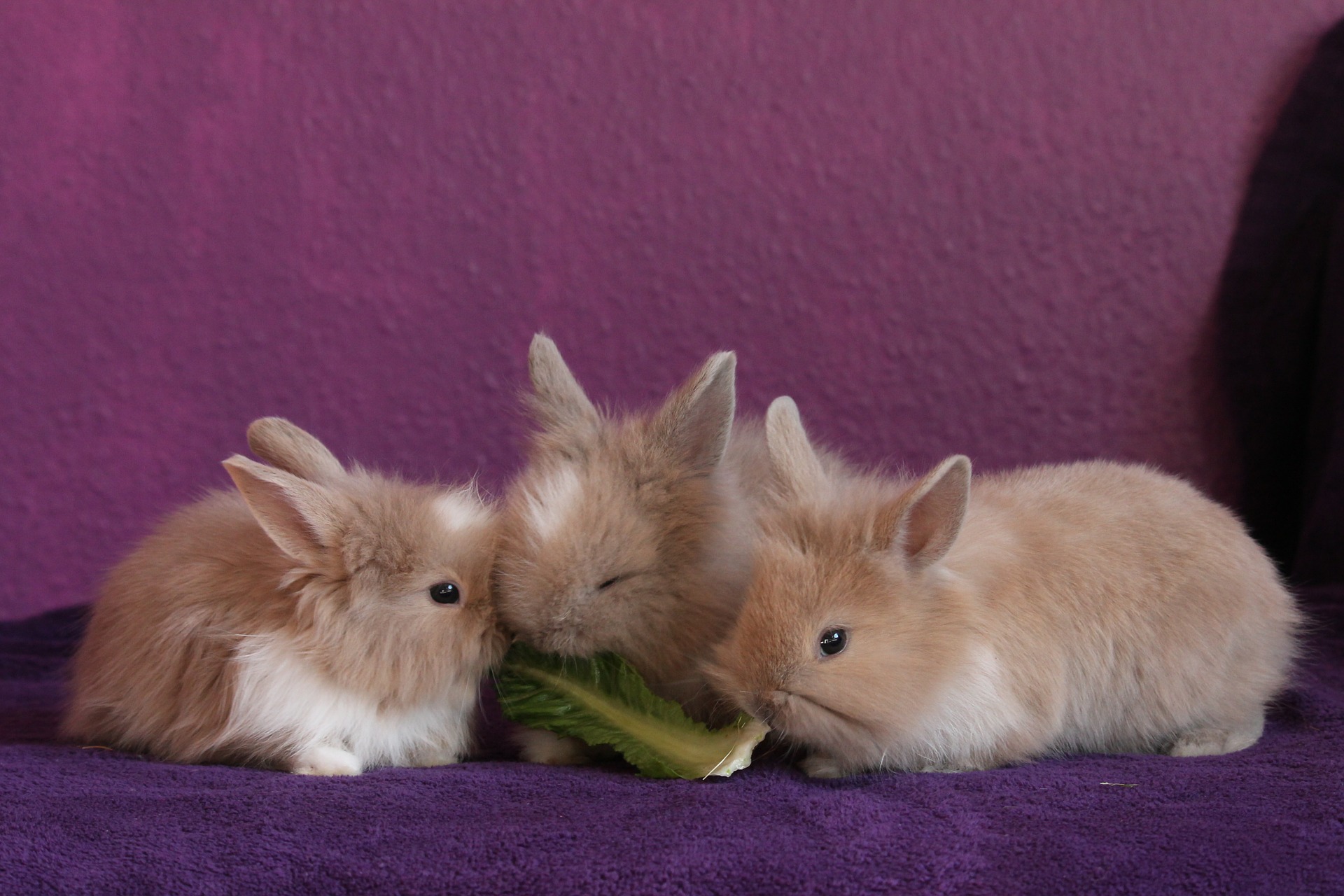The Gnaw Draw
Erik J. Martin //February 1, 2015//
 Dental health and maintenance are key concerns for all animals, especially those with teeth that grow continuously, such as rabbits, guinea pigs, and chinchillas. With consumers paying more attention to the teeth of their small herbivore companions, savvy retailers who want to bite off a bigger chunk of pet product profit should definitely stock up on chew toys and related items.
Dental health and maintenance are key concerns for all animals, especially those with teeth that grow continuously, such as rabbits, guinea pigs, and chinchillas. With consumers paying more attention to the teeth of their small herbivore companions, savvy retailers who want to bite off a bigger chunk of pet product profit should definitely stock up on chew toys and related items.
According to Sonia Wertz, customer service manager for Lixit Corporation, chew toys today have become less of an add-on afterthought and more of an essential purchase among pet owners.
“It used to be that customers just bought the basics for small animals—like a water bottle, food, a wheel, and litter,” said Wertz. “Now, with so many choices for toys and the increase in small animal ownership, pet owners want their pets to be entertained and healthy. Considering that it’s instinctive for most small pets to regularly gnaw, it makes sense to provide a wide array of chews and dental products that keeps them busy and helps maintain their teeth.”
Lucas Stock, communications manager for Murdock, Neb.-based Oxbow Animal Health, agreed that small mammal chews are increasingly popular accessories in an ever-growing category.
“This growth has been driven in large part by a desire among pet parents to provide the best quality of life possible for their pets,” he said.
Natural-Born Chewers
Wertz noted that natural toys and dental products are in high demand, especially those made in the U.S.A.
“It’s typically been bright colors that attract customers but now toys and dental products without dyes and excessive additives are leading the way,” said Wertz.
Lisa Kniceley, marketing and trade sales specialist with Vitakraft Sunseed, Inc., headquartered in Bowling Green, Ohio, agreed.
“Naturally colored products with interesting textures are particularly hot items in 2015,” says Kniceley, who cites Vitakraft’s SunSations Natural Loofapalooza Berry Combo Pack as an example. It consists of two dried half-inch thick slices of a loofa gourd that’s been flavored and colored with berries. Other Vitakraft treats that are good for teeth are Yumbo Pops—full-size ears of corn that can be popped in the microwave or given as is on the cob—and Snappers Papaya Coconut treats, which split off into eight daily serving sizes.
Because hay is the ideal material for providing adequate dental wear (and high-fiber nutrition), many consumers seek out chews made from the same hay their pets are accustomed to eating throughout the day. Oxbow’s Timothy CLUB line of all-natural, hand-woven timothy hay products are 100 percent edible, including the Timothy Carrot —shaped in the likeness of a carrot—and Timothy Twists, which includes six individual strands.
—shaped in the likeness of a carrot—and Timothy Twists, which includes six individual strands.
Lixit offers two particular crowd favorites in this category: Critter Gnaw Dents and Critter Chopsticks, both made from natural hardwood grown and harvested from sustainable sources in the Pacific Northwest and lacking any insecticides, artificial colors or flavors.
Other prominent players in this space include Hagen, whose Living World line offers a wide assortment of all-natural Chew-Nels products for small animals to chomp away at, including a Corn Husk Tunnel, Alfalfa Chew Tube and interconnecting Cardboard Tunnels; and Kaytee, which makes a Nut Knot Nibbler chew toy comprised of wooden dowels tethered together in a roundish shape that conceals a prized almond nut reward inside.
Merchandising Chews
Choosing proper product location within the store is key when it comes to promoting and selling chews.
“Real estate is hard to come by for many retailers, so it’s sometimes easy for secondary items like chews and dental products to get lost in the shuffle,” said Stock. “We recommend that retailers work hard and get creative to find space. Visibility is important if you want shoppers to purchase these items.”
Many chew items are small, which means they can easily be placed to stand out in the aisles
“Clip strips are one great option to draw attention to chews and make them easily accessible, and many of these items hang easily from peg boards. Also, chews do great in end caps featuring enrichment items such as treats and supplements,” said Stock.
Kniceley suggested fashioning an endcap that features a backdrop image of a small animal’s mouth, or placing a posterboard cutout of animal teeth around the edge of the chew toy/treat shelf.
Additionally, consider placing chew product samples into your in-store setups and live animal cages.
“And create a pet product checklist that includes chew toys on it, which you can hand to customers when they visit your store,” said Wertz.
Lastly, pet stores can help promote this category—and the concept of maintaining pet dental health—by serving as a go-to informational resource for patrons.
“Take the time to help your customers understand how the right chew items can help prevent dental disease in small herbivores,” said Stock. “They’ll appreciate the knowledge and will be much more likely to invest in these products for their beloved pets.”



















